
Thyroid gland is located in the throat.
It's a small butterfly-shaped gland but plays big role in metabolism and maintaining body temperature.

Thyroid has two types of cells: Follicular cells produce thyroid hormones, T3 & T4; parafollicular cells produce calcitonin to regulate calcium in the body.

Thyroid makes: T4 (thyroxine) and T3 (triiodothyronine). T4 and T3 hormones have four and iodine atoms, respectively. The two forms interchange by exchanging one iodine atom.
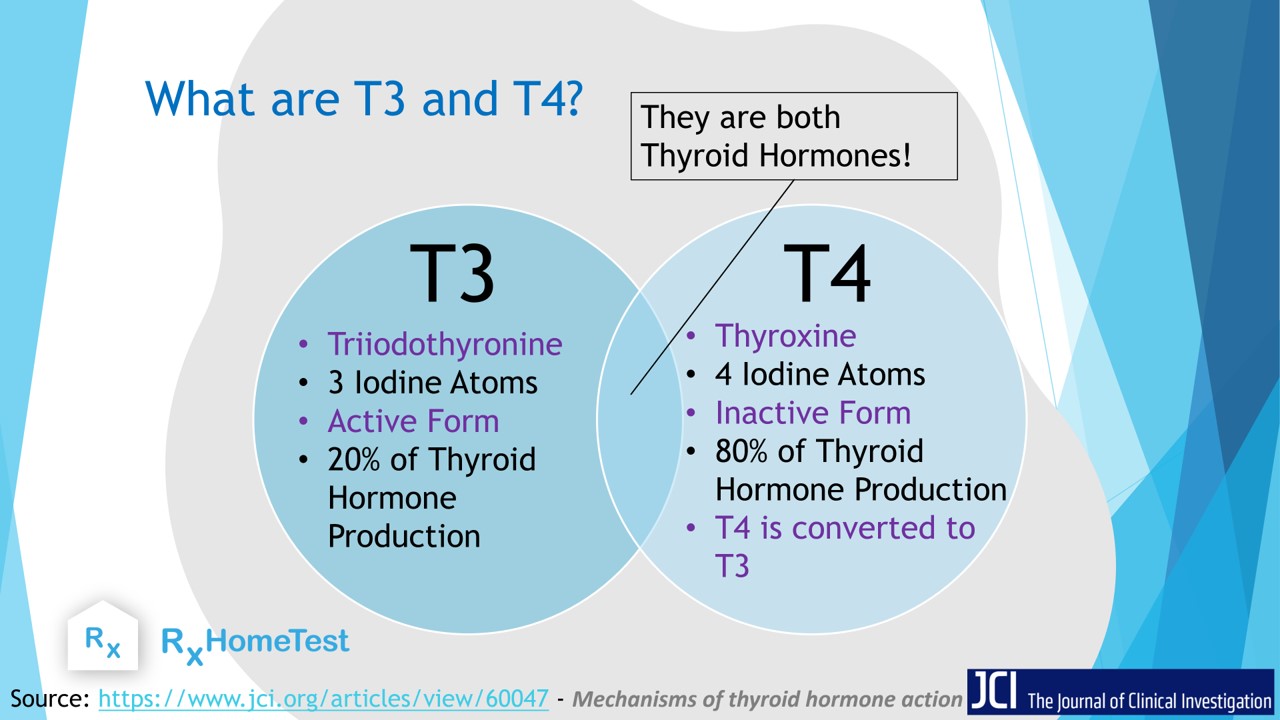
Thyroid gland mostly releases T4, but T3 is more active. By switching between T4 and T3 the body controls thyroid function.

Thyroid hormone production depends on TRH and TSH. Thyrotropin Releasing Hormone (TRH) is released by hypothalamus in the brain. Thyroid Stimulating Hormone (TSH) is produced in the pituitary gland, just below the hypothalamus. Together, they control thyroid function by carefully monitoring T4 and T3 supply.
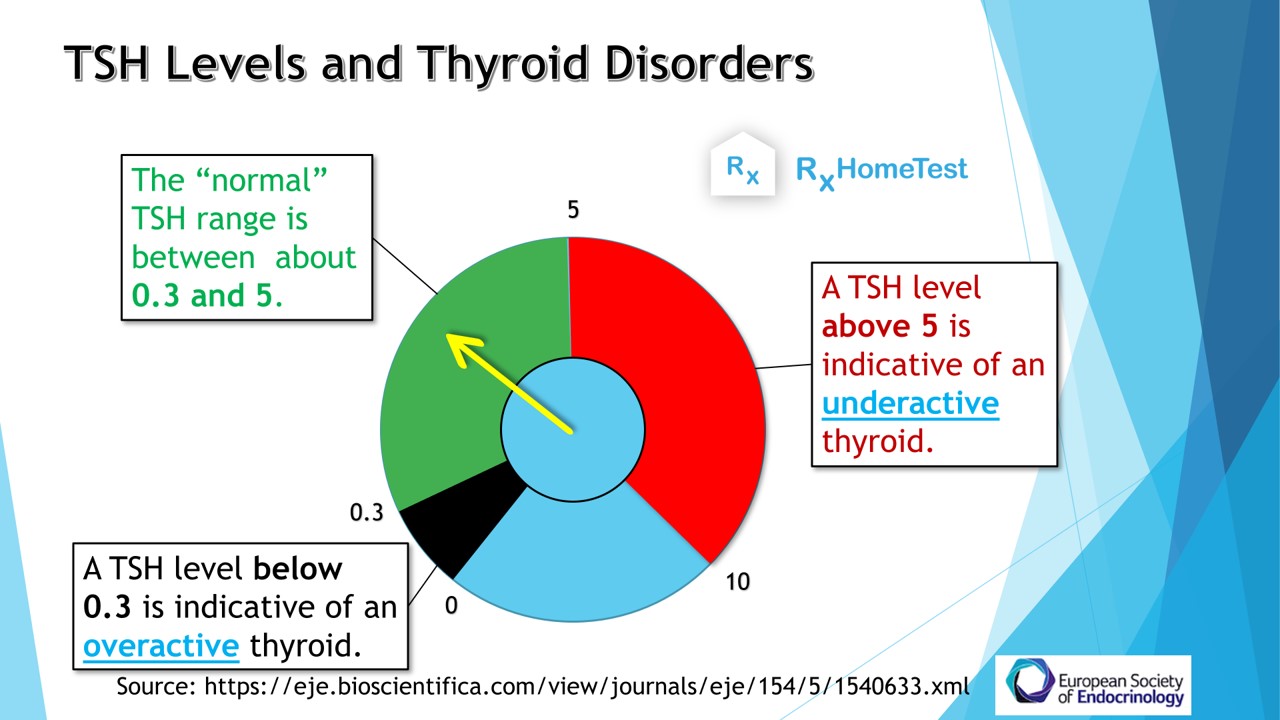
Thyroid Stimulating Hormone (TSH) low and high ranges are between 0.3 and 5 (although numbers may slightly differ depending on the lab). Low TSH is a sign of an overactive thyroid gland, that is producing too much T4 while the pituitary is trying to compensate. High TSH is a sign of underactive thyroid that needs compensation to produce more T4.

TSH, T4, and T3 levels have tight ranges (which depend on the lab you are testing at). Some tests also check for TPO antibodies, a high value indicates the body's immune system might be attacking the thyroid gland.

Normal TSH levels by age show a clear increase with age. However, the normal TSH levels in females rise faster than in males.

Thyroid disorders are common. Six percent of US population has some thyroid dysfunction. The risk is higher for those over 65 years of age.

Risk of thyroid problems in females is high. They are at five-to-eight times more risk than men. One-in-eight woman develops a thyroid disorder during her lifetime.
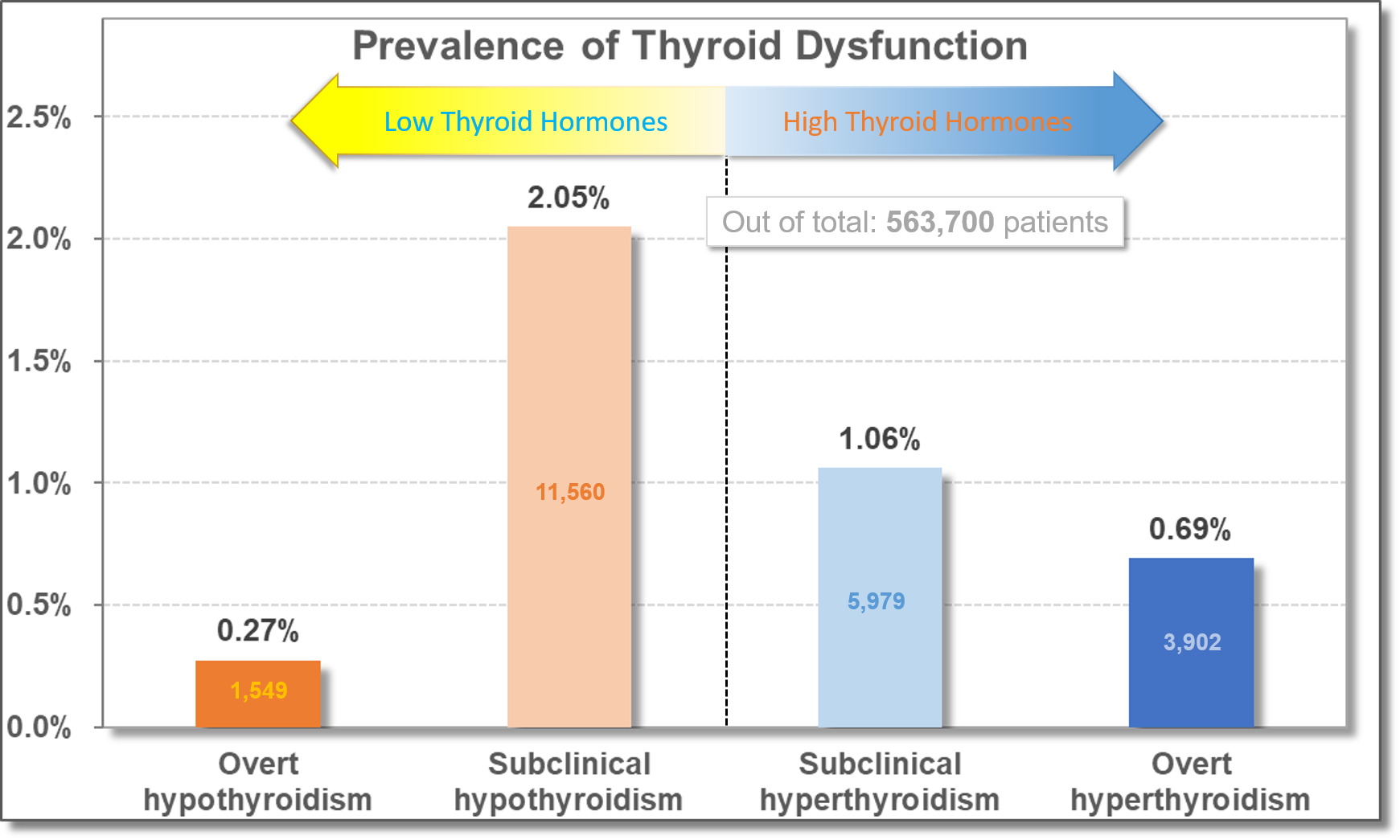
Thyroid problems rise due to low and high thyroid hormones. During the early stage of subclinical thyroid disorders, not all the symptoms are clearly visible since hypothalamus, pituitary, and thyroid gland can still compensate for each other.

In hypothyroidism, the thyroid gland doesn't produce enough T4 and T3. Therefore, pituitary gland tries to compensate for normal thyroid hormone levels, which results in high Thyroid Stimulating Hormone (TSH) levels. A lab test report for someone with hypothyroidism may show low T4 with normal TSH or normal T4 with high TSH. In general, elevated TSH and normal T4 are more common indicating early stage or subclinical hypothyroidism. Symptoms include fatigue, constipation, dry skin, weight gain and more (see full list here). Losing weight with hypothyroidism can be challenging.
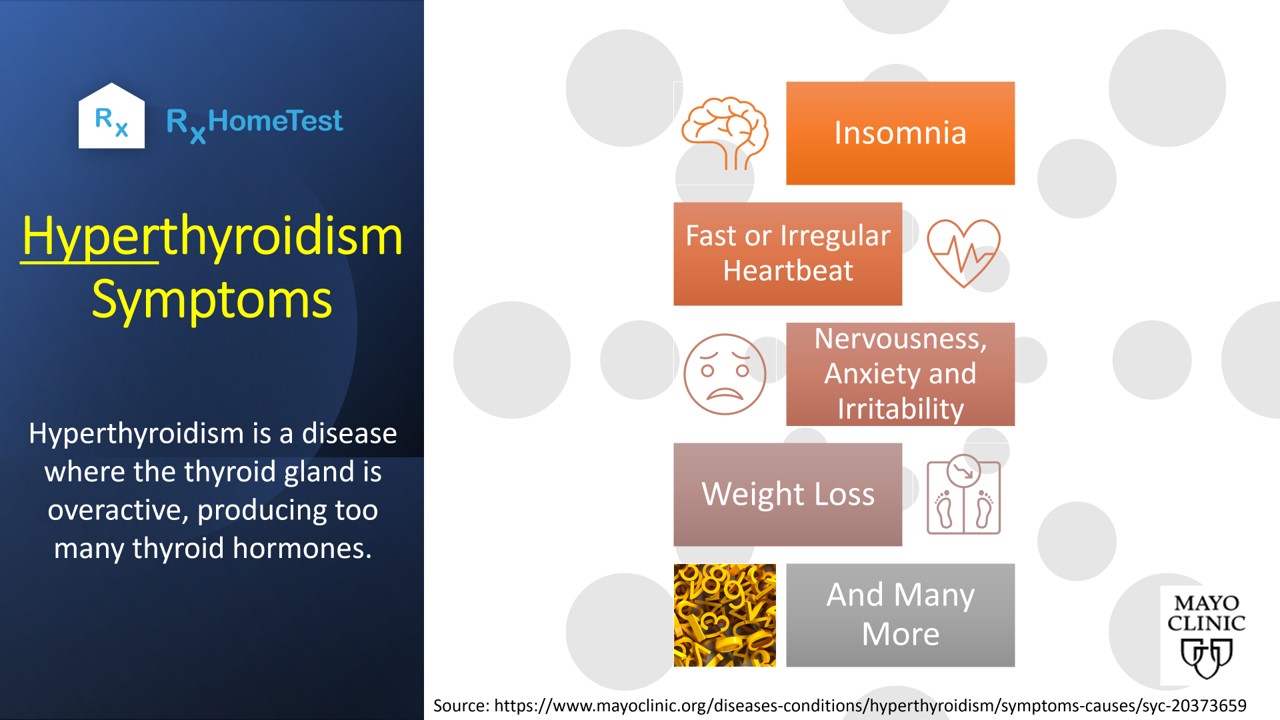
In hyperthyroidism, an overactive thyroid gland produces too much T4 and T3 hormones. The lab results will likely show low TSH and high T4 or low TSH and normal T4, in subclinical hyperthyroidism. Symptoms of hyperthyroidism include insomnia, fast or irregular heart beat, nervousness, anxiety and irritability, weight loss and more (see full list here).

A table comparing symptoms hypothyroidism and hyperthyroidism. Generally speaking, the symptoms tend to be opposite. For example, hyperthyroidism results in weight loss but hypothyroidism causes weight gain.
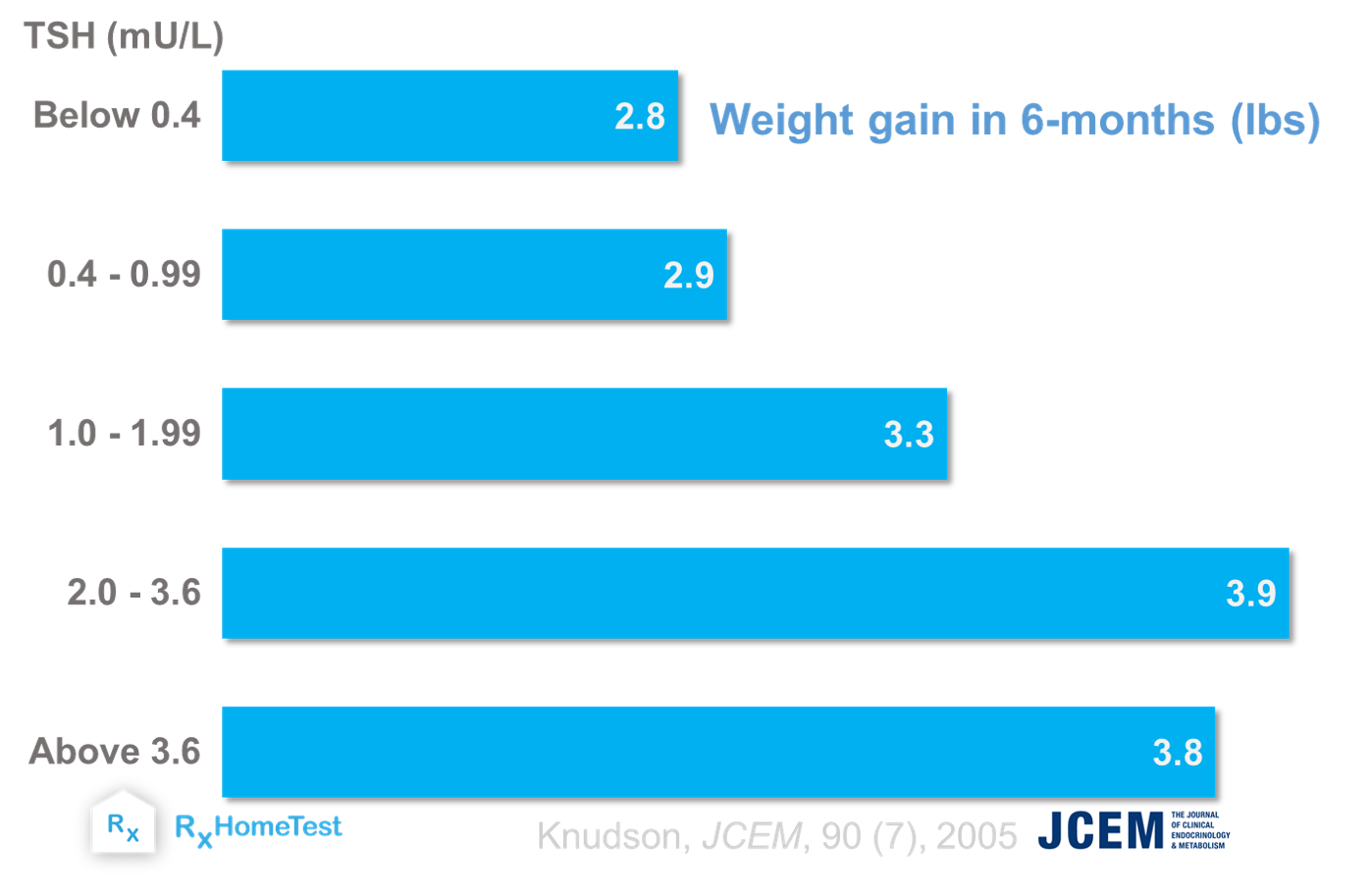
Trend of weight gain in thyroid problems: high TSH levels result in gain in weight. Data from research suggest women tend to gain more than men.

Pregnancy and thyroid levels do not mix: pregnancy causes fluctuation in thyroid hormone levels and abnormal TSH and T4, T3 levels can cause serious problems to the mother and the baby. Studies shows one-in-twenty pregnancies might have some form of thyroid-related issues.

Thyroid hormones play crucial role in a baby's development. A mother's T4 levels during pregnancy has strong influence on baby's IQ and brain size, after birth.
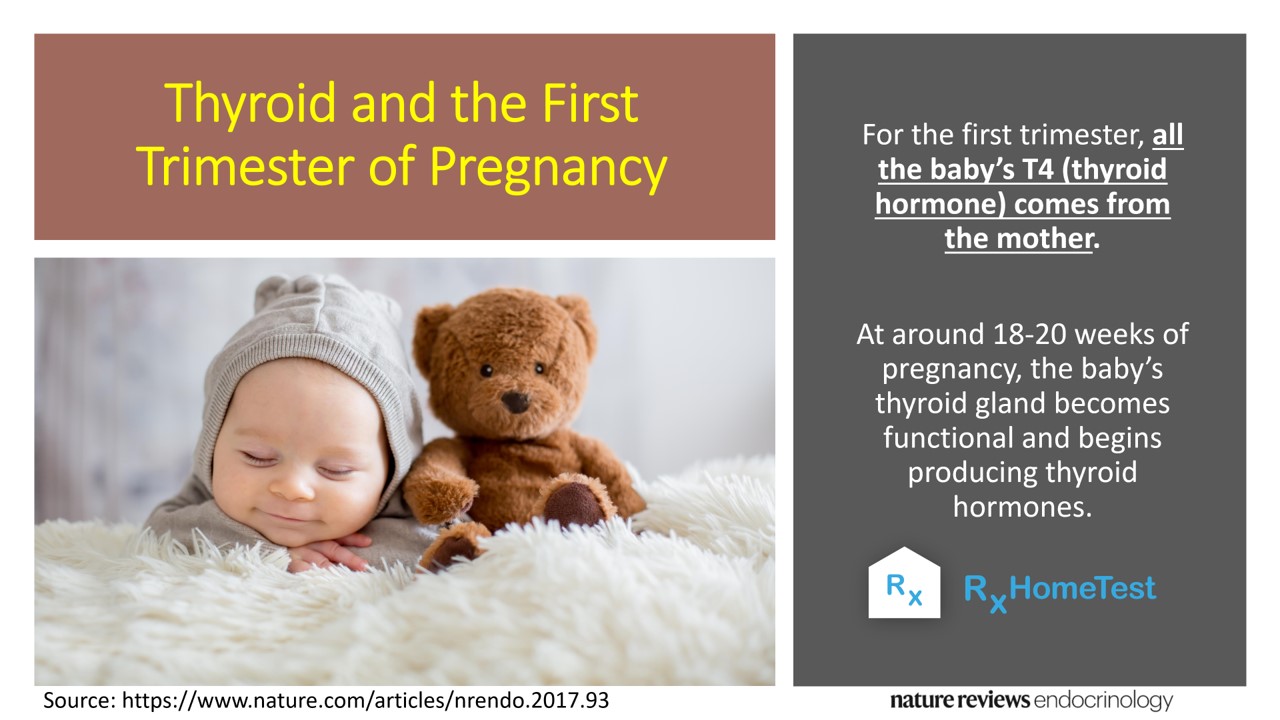
In the first trimester—the first three months of pregnancy—all of baby's T4 comes from the mother. Only after 15-18 weeks of pregnancy, the baby's thyroid glad can produce its own thyroid hormones. High or low TSH in pregnancy can cause life-long problems for the baby.

Thyroid hormone levels fluctuate throughout pregnancy. In every trimester, they need to be carefully monitored to ensure a healthy pregnancy.
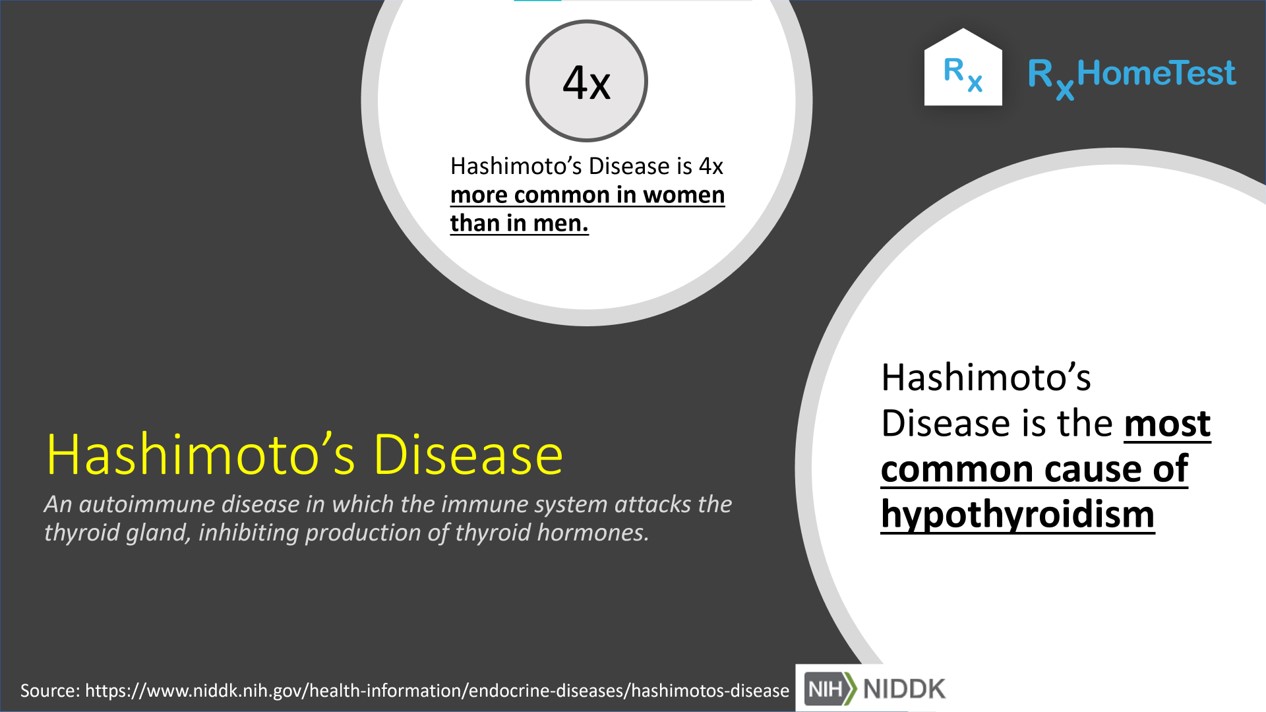
Hashimoto autoimmune disease is the most common cause of hypothyroidism. In Hashimoto's thyroiditis, the immune system attacks thyroid gland, causing low thyroid hormones. Symptoms include weight gain, and women are at four-times higher risk.
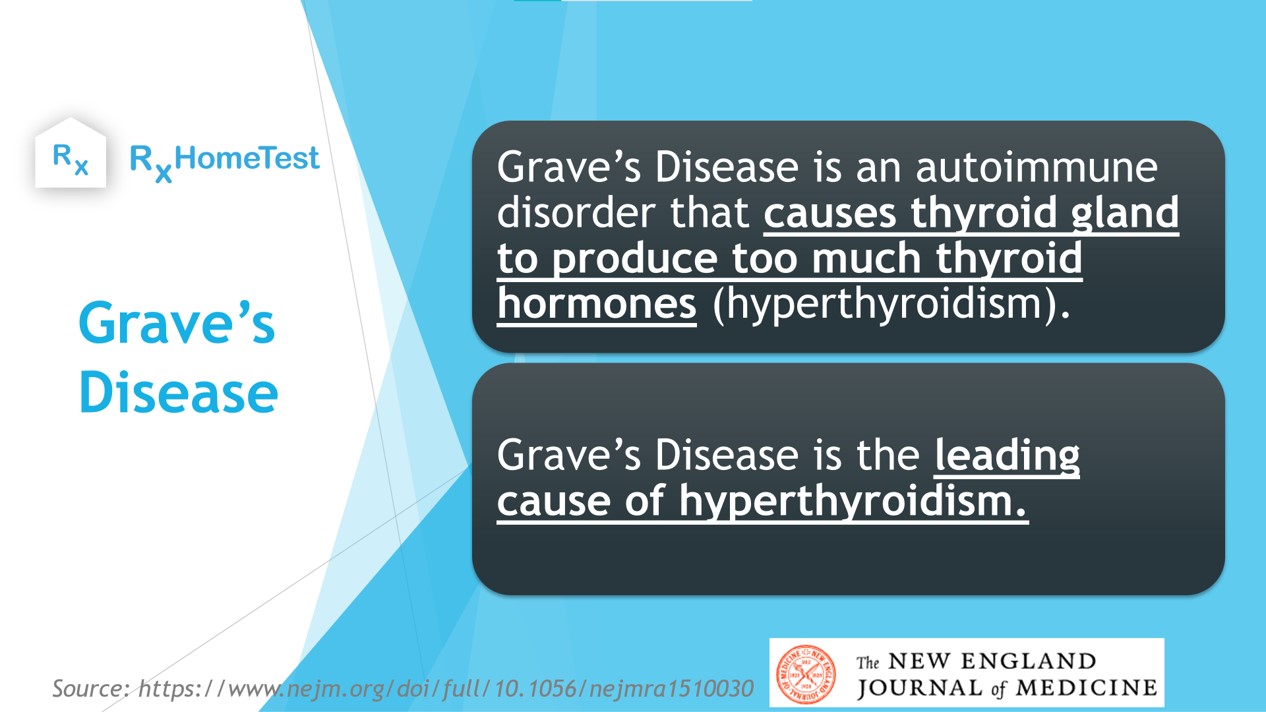
Graves's disease is due to an overactive thyroid gland. It is the leading cause of hyperthyroidism. Grave's eye disease symptoms include bulging, puffy eyes. It is one of the thyroid problems that affects more men than women. A lab test for Graves's disease will show low TSH and high T4 levels.

Iodine is a key ingredient of thyroid hormones. Almost 75 percent of all iodine is used by the thyroid gland. Iodine is always found in mammary glands, eyes, stomach lining, and salivary glands.

Iodine is a crucial element for thyroid hormones. Iodine deficiency has several negative effects that include problems with mental development, deafness, goiter in the neck or swollen thyroid gland, and issues with pregnancy, e.g., miscarriage, infertility, and congenital defects.

Recommended daily allowance (RDA) of iodine for adults is 150 micrograms per day. Pregnant or breastfeeding women need more. Iodine is added to many foods as part of a healthy diet. A tablespoon of iodized salt contains about 300 micrograms of iodine.

Many foods, especially seafoods, naturally carry iodine. These include seaweed, chocolate milkshakes, cod, haddock, yoghurt, chees, egg, and juices.

Keys to maintaining health thyroid include proper nutrition that is rich in iodine, eating plenty of fruits and vegetables, limiting the intake of raw goitrogens (such as cabbage, cauliflower, brussels sprouts) as well as soy products.

A list of known risk factors for hypothyroidism and hyperthyroidism: being a women, geography, iodine in diet, autoimmune diseases, smoking, selenium deficiency, certain drugs, and certain medical conditions.

How to test for thyroid at home? Several different types of thyroid blood tests are available, but our favorite one can be performed with a simple finger prick sample that tests for TSH, T4, T3, and TPO antibodies. A thyroid stimulating hormone blood test checks only TSH levels—which might be compensated by T4—giving an incomplete picture of thyroid health.

An at-home thyroid test requires only few drops of blood. It doesn't require any visits to the lab or doctor's office.